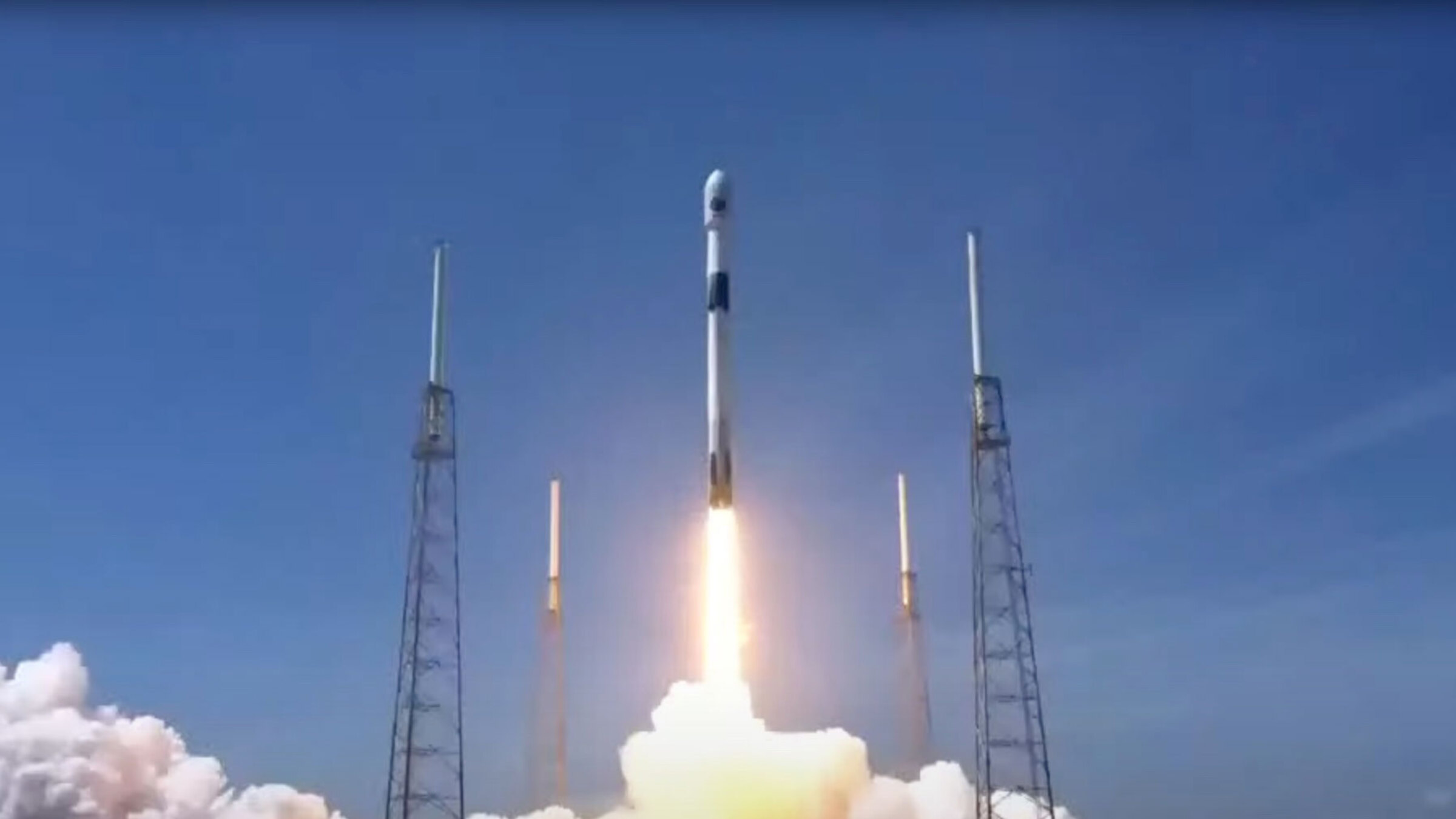
ESA’s Euclid Mission Launches to Explore ‘Dark Universe’
The ESA (European Space Agency) Euclid spacecraft lifted off from Cape Canaveral Space Force Station in Florida at 11:12 a.m. EDT on Saturday, July 1, beginning its mission to study why the universe is expanding at an accelerating rate. Astronomers use the term “dark energy” in reference to the unknown cause of this accelerated expansion.
NASA’s Jet Propulsion Laboratory in Southern California delivered critical hardware for one of the Euclid spacecraft’s instruments. In addition, NASA has established a U.S.-based Euclid science data center, and NASA-funded science teams will join other Euclid scientists in studying dark energy, galaxy evolution, and dark matter. The agency’s forthcoming Nancy Grace Roman mission will also study dark energy – in ways that are complementary to Euclid. Mission planners will use Euclid’s findings to inform Roman’s dark energy work.
After the Euclid spacecraft separated from the second stage of a SpaceX Falcon 9 rocket, ESA announced a successful launch. Euclid will undergo a series of checks and calibrations before it starts collecting science data in about three months.
“We are thrilled about the successful launch of ESA’s Euclid mission and are eager to see the science it returns,” said Nicola Fox, associate administrator for NASA’s Science Mission Directorate in Washington. “By studying the ‘dark side’ of our universe, Euclid is not only paving the way for NASA’s Roman Space Telescope, it is igniting a new golden age of survey astronomy that will help us understand our universe’s history and structure in ways that were not possible before.”
Illuminating Dark Energy
The Euclid mission could help scientists determine whether our current understanding of gravity needs to be rewritten or if an entirely new mechanism is needed to explain the universe’s accelerating expansion.
Euclid will create a cosmic map that covers almost a third of the sky, charting the location of millions of galaxies and measuring the average spacing between them – one indicator of dark energy’s influence. Because the light from distant objects takes time to reach us, Euclid will observe galaxies as they were when the universe was about 3 billion years old. By also looking at closer galaxies, the mission will track how dark energy’s effect has changed over time.
Euclid will also study dark energy by mapping the presence of another mysterious cosmic phenomenon called dark matter. Five times more common in the universe than regular matter, dark matter is distributed throughout the cosmos. While dark matter does not absorb or reflect light, scientists can detect it via its gravitational influence on “regular” matter like stars and galaxies, and its distribution throughout the cosmos is affected by dark energy’s outward push.
Scheduled to launch by May 2027, Roman will study a smaller section of sky than Euclid, but it will provide higher resolution images of millions of galaxies and peer deeper into the universe’s past, providing complementary information. Roman will also survey nearby galaxies, find and investigate planets throughout our galaxy, study objects on the outskirts of our solar system, and more.
More About the Mission
Three NASA-supported science teams contribute to the Euclid mission. In addition to designing and fabricating the sensor-chip electronics for Euclid’s Near Infrared Spectrometer and Photometer (NISP) instrument, JPL led the procurement and delivery of the NISP detectors as well. Those detectors, along with the sensor chip electronics, were tested at NASA’s Detector Characterization Lab at Goddard Space Flight Center in Greenbelt, Maryland. The Euclid NASA Science Center at IPAC (ENSCI), at Caltech in Pasadena, California, will archive the science data and support U.S.-based science investigations. JPL is a division of Caltech.
For more information about Euclid go to:
https://www.nasa.gov/mission_pages/euclid/main/index.html
For more information about Roman, go to:
